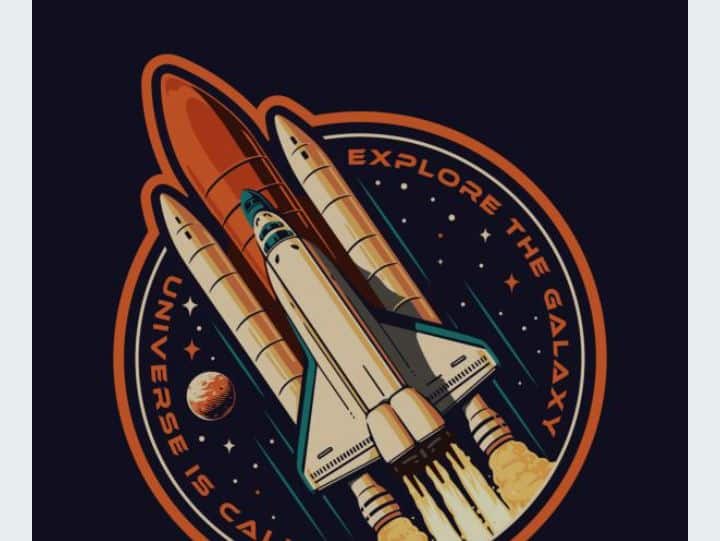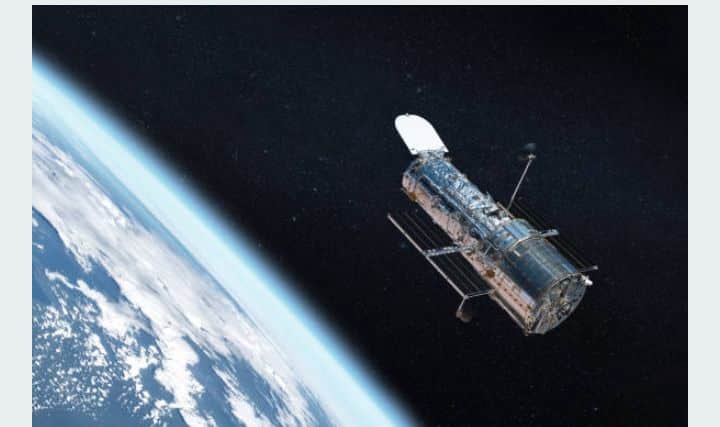Space exploration has been one of the most ambitious and transformative scientific endeavors of the modern era. Since the launch of Sputnik 1 by the Soviet Union in 1957, human curiosity and the desire to understand the universe beyond our home planet have driven unprecedented technological advancements and discoveries. Space exploration, powered by a combination of international collaboration, advanced spacecraft, and groundbreaking research, has allowed humanity to probe distant planets, explore the moon, study the Sun, and even look back in time to the birth of the universe. This article explores the history, current state, and future potential of space exploration, highlighting some of the most recent discoveries and their impact on science, technology, and society.

The Journey of Space Exploration: A Brief History.
The Dawn of the Space Age the 20th century marked the beginning of human space exploration, beginning with the launch of artificial satellites. In 1957, the Soviet Union’s successful launch of Sputnik 1 ushered in the Space Age, sparking the U.S.-Soviet space race. Sputnik 1, the first artificial satellite, demonstrated the possibility of sending machines into space and paved the way for further exploration. A few years later, in 1961, Soviet cosmonaut Yuri Gagarin became the first human to travel into space aboard Vostok 1.In 1969, NASA’s Apollo 11 mission achieved a historic milestone when American astronauts Neil Armstrong and Buzz Aldrin became the first humans to land on the Moon. Armstrong’s famous words, “That’s one small step for [a] man, one giant leap for mankind,” symbolized humanity’s ability to break the bounds of Earth’s atmosphere.
The Apollo program’s success in landing astronauts on the Moon and returning them safely to Earth remains one of the most significant achievements in space exploration.
Expanding Horizons: The Space Shuttle and the International Space Station (ISS)Following the Apollo missions, space exploration turned to the development of reusable spacecraft, culminating in the Space Shuttle program, which began in 1981 with the launch of the Space Shuttle Columbia. The shuttle’s ability to carry astronauts and cargo to low Earth orbit (LEO) marked a new era of space exploration, allowing for the construction of the ISS and regular missions to deploy satellites, conduct research, and facilitate space tourism.

In the 1990s, NASA and its international partners embarked on the construction of the ISS. The ISS has been continuously inhabited by astronauts since 2000 and remains one of the most significant examples of global collaboration in space. The station serves as a research laboratory where scientific experiments are conducted in microgravity conditions, helping scientists learn more about biology, physics, and technology in space.
New Discoveries in Space Exploration.
As technology has advanced, so have the scope and scale of space exploration. Today, space agencies and private companies alike are making new discoveries that challenge our understanding of the universe, its origins, and the potential for life beyond Earth. The Search for Exoplanets One of the most profound areas of space exploration today is the search for exoplanets—planets located outside of our solar system. Since the discovery of the first exoplanet in the 1990s, thousands of such planets have been found, with many lying within the “habitable zone,” the region around a star where conditions might allow liquid water to exist. This has raised the tantalizing possibility that life, in some form, may exist elsewhere in the universe.
The Kepler Space Telescope, launched in 2009, played a significant role in expanding our knowledge of exo planets, discovering over 2,300 confirmed exo planets. More recently, NASA’s Transiting Exo planet Survey Satellite (TESS), launched in 2018, continues to search for new exo planets with a focus on those closest to Earth and those that may be Earth-like in size and temperature. Mars Exploration Mars has been a major target for exploration due to its potential for past or present life and its similarity to Earth in many ways. NASA’s Perseverance rover, which landed on Mars in 2021, has been conducting detailed exploration of the Martian surface, searching for signs of ancient life and collecting samples for future return missions. Perseverance is accompanied by the Ingenuity helicopter, which became the first powered, controlled flight on another planet.

This achievement marks a significant milestone in the exploration of Mars and other planets, offering new possibilities for aerial exploration in future missions.In addition to NASA’s efforts, private companies like SpaceX, led by Elon Musk, are also actively working on missions to Mars. SpaceX’s Starship, designed to transport humans to Mars, could pave the way for future colonization and exploration of the Red Planet. These efforts are part of a broader vision of making humanity a multi planetary species.
The James Webb Space Telescope (JWST)Launched in December 2021, the James Webb Space Telescope (JWST) is set to revolutionize our understanding of the universe. JWST is the most powerful space telescope ever built and is designed to observe the universe in infrared wavelengths, which allows it to look further into space and back in time than ever before. Unlike its predecessor, the Hubble Space Telescope, which observed primarily in visible light, JWST can peer through dust clouds and detect the faintest light emitted by distant stars and galaxies. One of the telescope’s primary goals is to study the formation of the first galaxies and stars in the early universe. Additionally, JWST will observe the atmospheres of exoplanets, helping scientists assess the potential for life on other worlds.
Early observations from JWST are already yielding groundbreaking data, including the discovery of some of the earliest galaxies in the universe and further confirmation of exo planet atmospheres. The Moon and Lunar Exploration The Moon continues to be a focal point for space exploration, not only for its scientific value but also for its potential as a stepping stone for deeper space exploration. NASA’s Artemis program, launched in 2021, aims to return astronauts to the Moon by 2025, with plans to establish a sustainable human presence by the 2030s.
This will be the first time humans have set foot on the Moon since the Apollo 17 mission in 1972.The Artemis program also emphasizes the establishment of the Lunar Gateway, a space station that will orbit the Moon and serve as a hub for crewed missions to the lunar surface and beyond. In addition to NASA’s Artemis missions, China and other countries are also planning lunar exploration missions, including robotic landers and potential manned missions. The Role of Private Companies in Space Exploration While government space agencies like NASA, the European Space Agency (ESA), and Roscosmos have been at the forefront of space exploration, private companies have become increasingly involved in the space industry. Companies like SpaceX, Blue Origin, and Virgin Galactic are pushing the boundaries of space travel, from launching commercial satellites to enabling space tourism and developing technologies for Mars colonization.

SpaceX has emerged as a leader in this field with its successful Falcon 9 rocket and Starship development, significantly reducing the cost of space travel. The company’s advancements in reusable rockets have revolutionized space launch technology, while its partnership with NASA to transport astronauts to the ISS has demonstrated the viability of private companies in space exploration.
The Future of Space Exploration.
The future of space exploration is rich with promise and possibility. As technology continues to advance, space missions will become more ambitious, with potential missions to return humans to the Moon, land on Mars, and explore the outer planets and their moons. The search for extraterrestrial life will intensify, and new discoveries in astronomy and planetary science will continue to reshape our understanding of the universe. Private companies will play an increasingly important role, providing the infrastructure and resources needed to make space more accessible to a wider range of people and organizations. Space tourism, resource mining from asteroids, and the establishment of permanent human habitats beyond Earth could become part of our future.
Conclusion.
Space exploration has brought humanity closer to understanding the mysteries of the cosmos. From the first steps on the Moon to the study of distant galaxies and the search for life beyond Earth, the discoveries made in space continue to enrich human knowledge and inspire new generations of scientists, engineers, and explorers. As we look toward the future, the quest to explore space promises to push the limits of technology, knowledge, and human achievement, unlocking new possibilities for the advancement of science and society.




